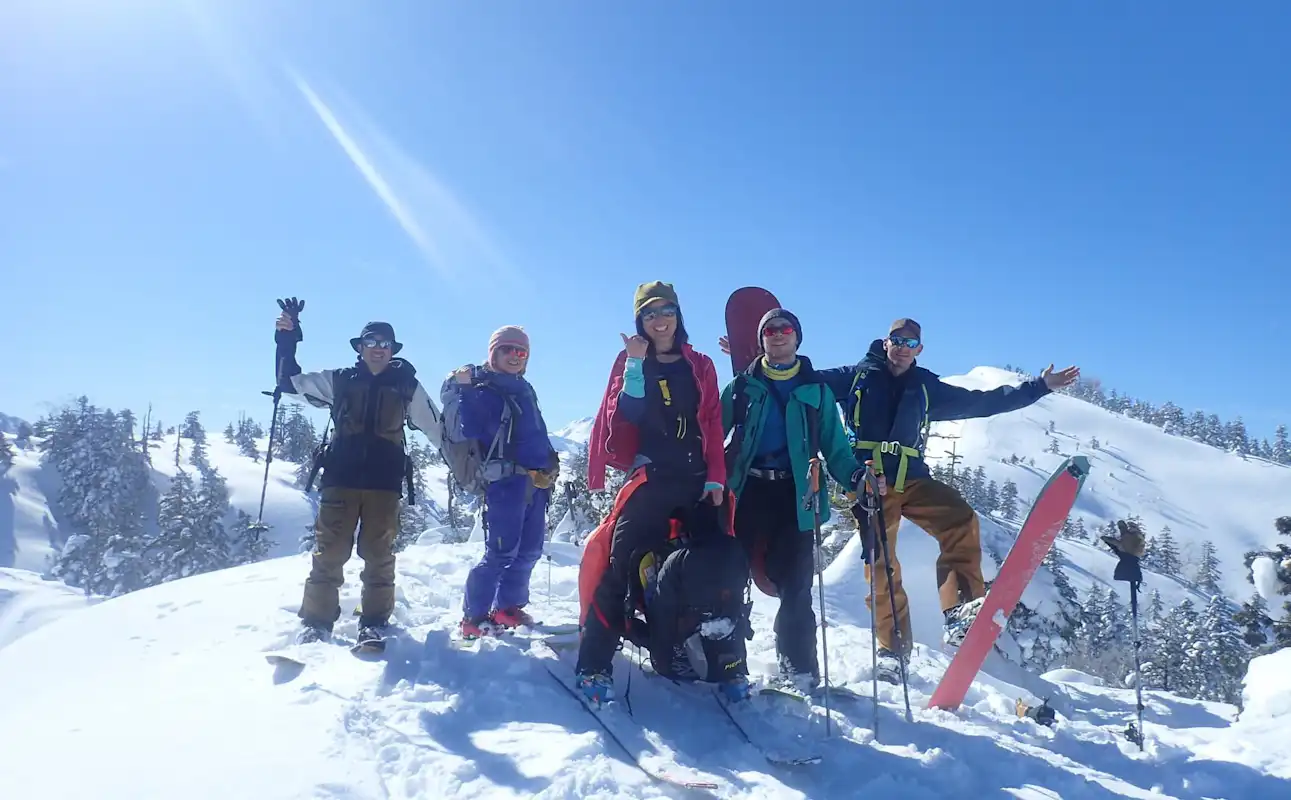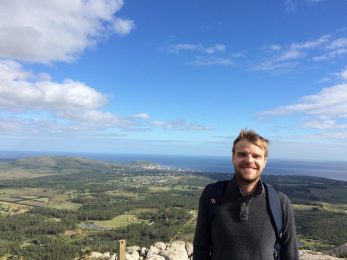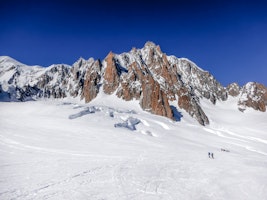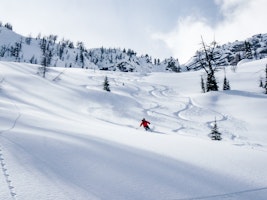Winter in the northern hemisphere is fast approaching, which means skiers and snowboarders will soon be flocking to the slopes of resorts around the world or getting ready for an off-piste adventure. Also, plenty of aspiring winter sports enthusiasts will be strapping into their skis or snowboard for the first time.
There are several factors to take into account when choosing which of these two fantastic winter sports to begin learning. Let’s take a look at some of them!
Which One Is Easier to Learn?
The old cliche goes: “Skiing is easier to learn but harder to master – whereas snowboarding is harder to learn but easier to master.”
Part of the reason for this is that skiing feels more natural when you begin to learn how to do it. Your legs are separated, which makes it easier to regain your balance if you begin to lose it. You also face forward, so you can see everything that is in front of you.
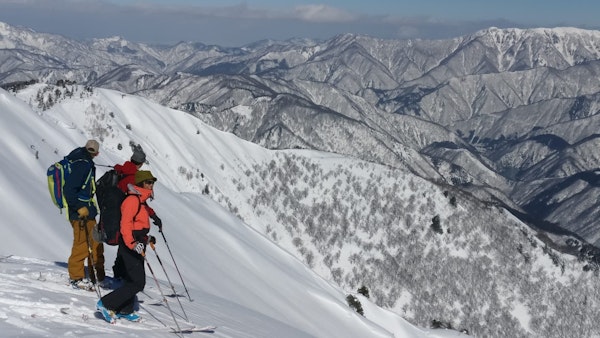
The basics of skiing aren’t so hard to learn, but mastering the sport takes years of practice. Photo courtesy of Ryuta Asahi.
Learning with a qualified instructor means that you will probably be comfortable heading down modest blue and red runs after the first week.
However, once all the basics are down, it is time to learn the more nuanced and technical side of skiing and this can take a whole lot longer. The various types of turning can be difficult to master and then harder to replicate at faster speeds and steeper grades. The learning curve can be quite large.
Meanwhile, the hardest part of learning how to snowboard is getting used to the unnatural feeling of having your legs tethered together by the board and having to navigate with your peripheral vision.
This generally takes a bit longer to get used to than skiing. However, there is not much more to snowboarding than what you will learn in this first week or two. Once you have the toe and heel turns down and get used to traveling sideways, you will be ready to practice going faster and jumping.
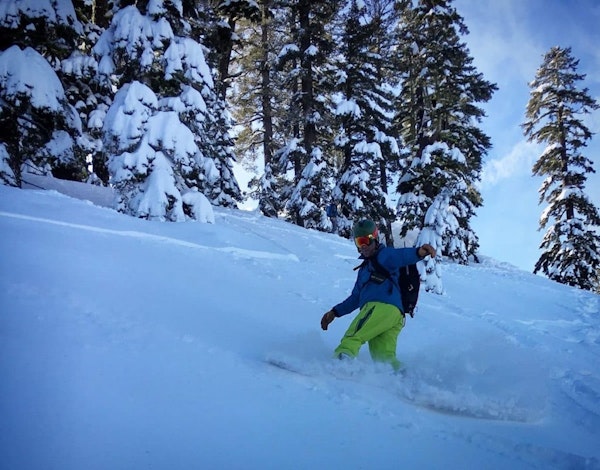
Once you get the hang of it, snowboarding skills are easier to master than skiing skills. Photo courtesy of Eric Layton.
Mastering all the technical skills of skiing requires a lot more work. Most guides and instructors would recommend that even intermediate and advanced-level skiers take a lesson every so often to reinforce good techniques and avoid bad habits that can build up over time.
Just like with any other sport, the best way to practice these sports is to head out onto the slopes and try them out. Resorts all over the world will offer lessons for on-piste skiing as well as every type of off-piste skiing you could imagine.
What About Heading Off-Piste?
Maybe you’ve already guessed this, but for people just getting into the sport, it is easier to head off-piste on a snowboard. The reason for this is that off-piste snowboarding requires the exact same set of skills as on-piste boarding. While the texture of un-groomed powder takes a bit of getting used to, the technique remains the same.
Meanwhile, off-piste skiing is like a whole new sport relative to on-piste skiing. Novice off-piste skiers need to re-learn how to turn and balance while dealing with the different textures of un-groomed snow.
Keep Reading: Am I Ready to Ski the Backcountry? Transitioning from On Piste Skiing to Off Piste Skiing.
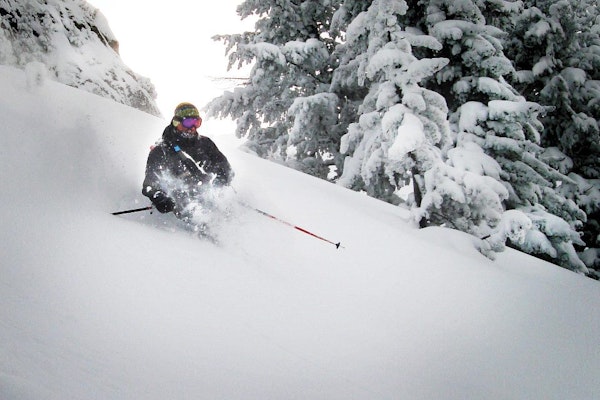
Heading off-piste is inherently risky. Always hire a certified guide before deciding to do so. Photo courtesy of Georgy Georgiev.
However, once you have mastered the technical side of off-piste skiing, it can be a bit more rewarding than off-piste snowboarding.
Unless you have a snowcat or helicopter, it is much harder to climb up mountains on a snowboard, therefore making adventures out into the backcountry much more arduous. Strapping some climbing skins onto your skis opens up a whole world of possibilities for off-piste skiers that are simply too difficult for snowboarders to do.
Swapping a snowboard for a splitboard is another way to get out into the backcountry and enjoy the range of skis with all the fun of snowboarding.
Which One Is More Dangerous?
All winter sports come with some inherent risks. According to research from the National Ski Areas Association in the United States, while snowboarders are between 50 and 70 percent more likely to injure themselves, skiers tend to experience more deadly accidents.
Most of these deaths are the result of high-speed collisions with stationary objects, while many snowboarding accidents are the result of falling and breaking a leg or ankle. Skiers are less likely to hurt themselves in this manner due to improvements in equipment.
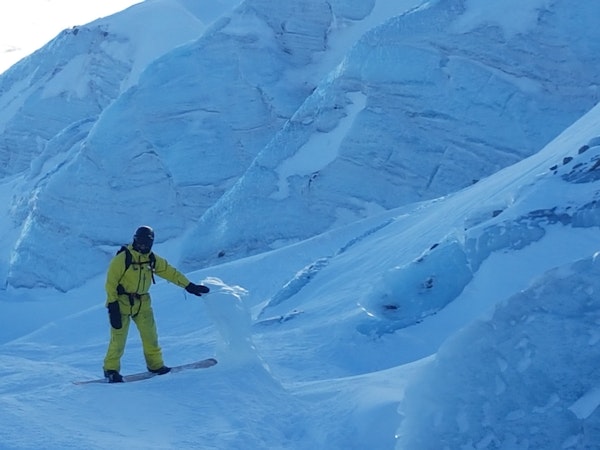
Skiing can be more dangerous than snowboarding. Learning how to control your speed on skis is the best way to avoid having a bad accident. Photo courtesy of Lars Vanhaelewyck.
Head injuries for both skiers and snowboarders have also drastically decreased over the years as more people wear helmets and their technology has improved as well.
However, heading off-piste is equally dangerous for skiers and snowboarders. Regardless of your level of experience, no one should go off-piste without being accompanied by an IFMGA-certified mountain guide (or one with an equivalent certification).
Which Level of Fitness Do You Need?
Skiing and snowboarding are both quite a workout. If you haven’t done either one before, you are likely to feel sore after your first day out on the slopes.
Snowboarding requires much more core and back strength than skiing. You will use your core to control speed and direction on a snowboard. Even for people in relatively good shape, guides recommend doing crunches, pilates or other core and back strengthening exercises in order to get the most out of snowboarding.
Skiing, on the other hand, requires a lot of leg strength. Guides recommend cycling (which puts less strain on your knees and ankles than running does) and weight lifting in order to build up strength in leg muscles for skiing. Strengthening your core and upper body also helps with balance.
However, even if you have the legs of a professional footballer, you are still likely to feel sore after your first days of skiing as the sport exercises muscles that are rarely used doing any other activity.
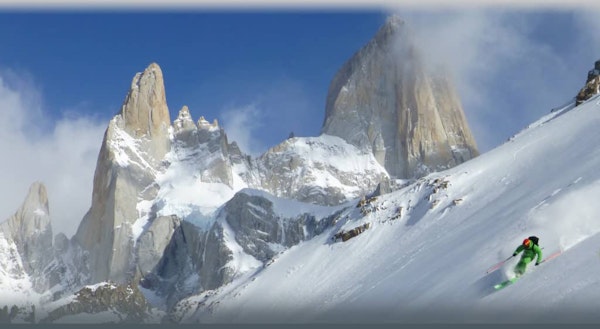
Learning how to ski or snowboard is the first step that you need to take in order to head on out on some epic off-piste adventures. Photo courtesy of Merlín Lipschitz.
Keep Reading: 10 Incredible Ski Adventures Around the World
Taking the time to learn how to ski or snowboard is well-worth it. These activities can bring a lifetime of joy and are a great way to see the world, meet new people and grow relationships with friends and family.
Regardless of whether you choose to try out skiing or snowboarding, the rewards of mastering the sport are numerous and will pay out for years and decades to come.
Whenever you’re ready, come back here to check out some epic backcountry skiing and snowboarding trips!
